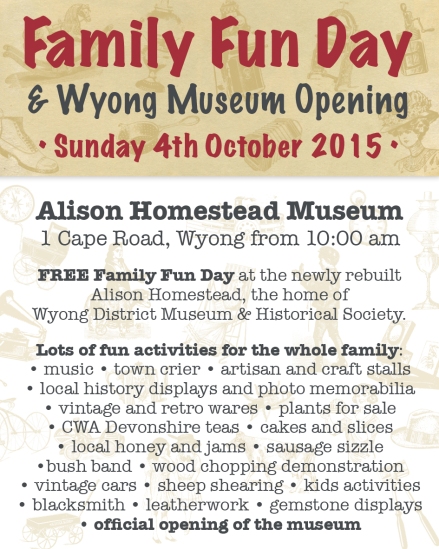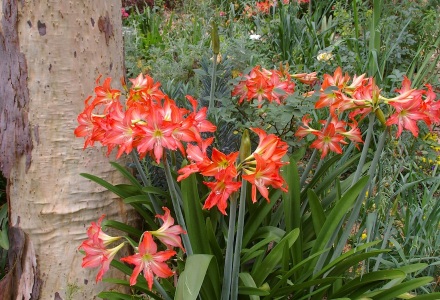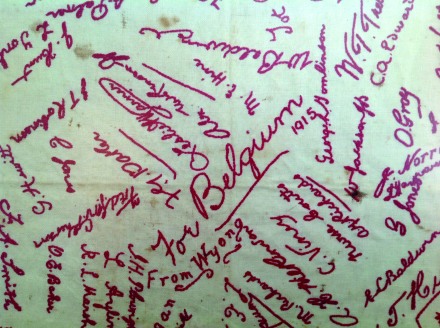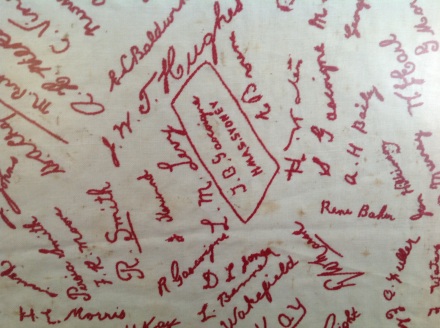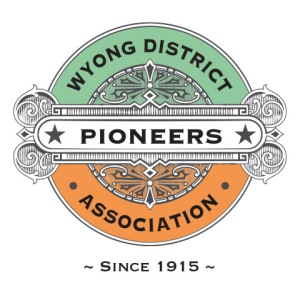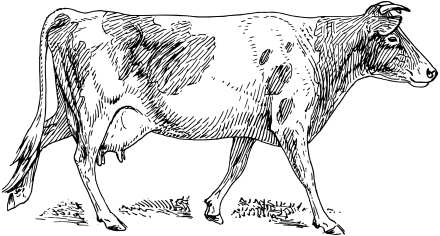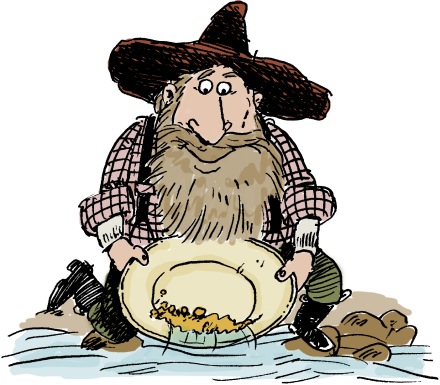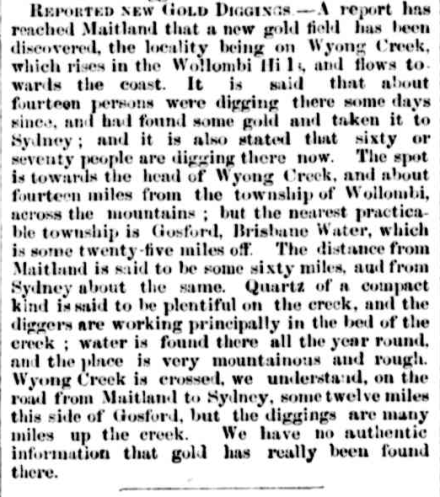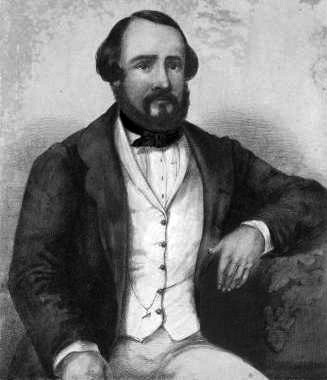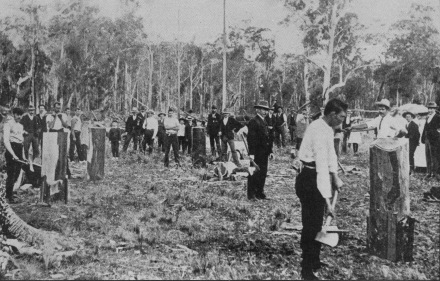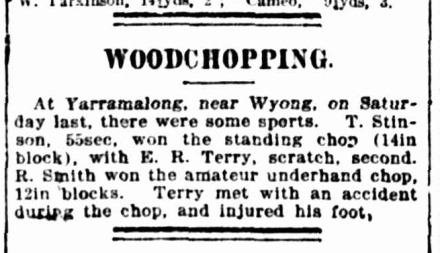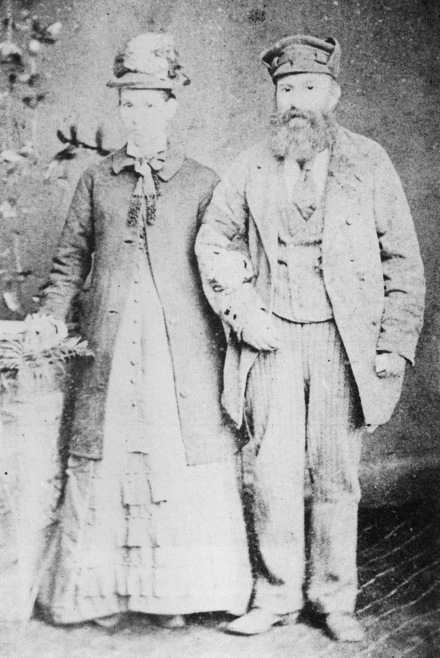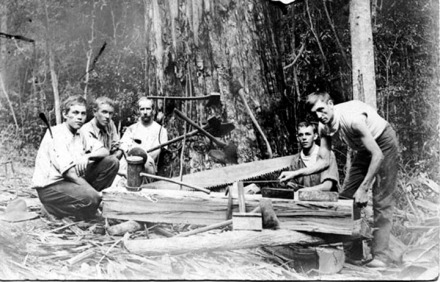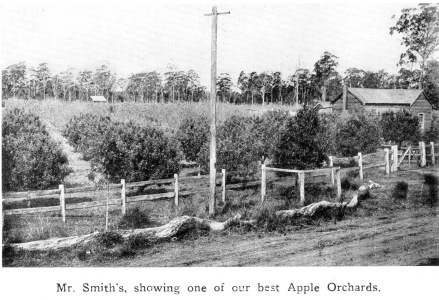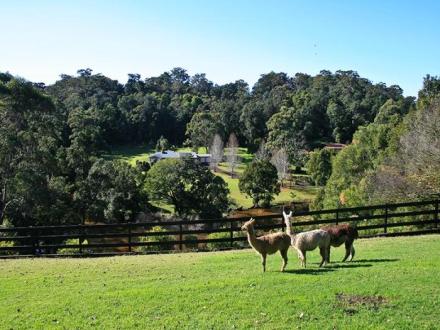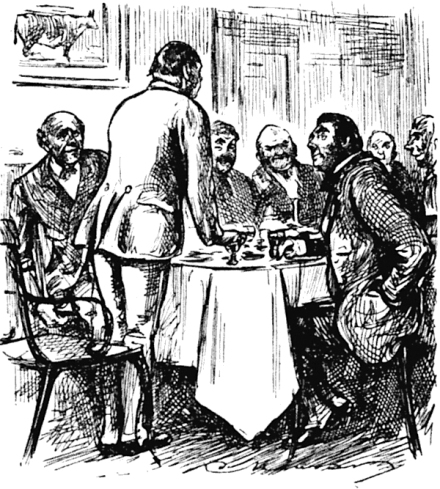Published by Wyong District Museum & Historical Society
1 Cape Road, Wyong • PO Box 241, Wyong, 2259
Email: Info@alisonhomestead.com.au • Tel: 02 43521886
President: Greg Denning
Vice President: Liz Hogston
Secretary:Anita McCarthy
Treasurer: Michelle O’Sheades
Committee Members: Alma Thompson, Pauline House, Chris Hodges, Susan Buck
. . . . . . . . . . . . . . . . . . . . . . . . . . . .
We would like to extend a warm welcome to all our new members and volunteers both at the Museum and the Men’s Shed.
Homestead Rebuild Complete
All major construction on Alison Homestead has now been completed. Wyong Council has handed back access at a ceremony on 1st September. The occasion was well attended by Federal and State members of parliament, Mayor Doug Eaton and local councillors, the media and members of the Wyong District Museum & Historical Society. A Welcome to Country ceremony was performed and the local Baptist School Choir also sang a couple of songs.
Phil Morley gave an informative running commentary on the history of the area which included the names of all the previous owners of the homestead, some of which were not known to us. Greg thanked everyone and was pleased to have the homestead officially handed back to the Wyong District Museum & Historical Society. He also wondered why the DA had not been sorted out for the new office and Men’s Shed extension, although Council has agreed not to remove the “Lone Pine” memorial. Consideration is being given to move part of the plant nursery to a new location near the vegetable beds.
Family Fun Day & Museum Opening
Representatives of the Alison family will be attending the official Grand Re-opening of the Museum on Sunday the 4th October from 10.00am, in conjunction with the Wyong District Pioneers Centenary Celebrations. There will be displays in woodworking, sheep shearing, historic & vintage cars, memorabilia and activities to enjoy relating to local history, art, craft with lots of fun activities for the kids, both big and small, as well as raffles, Devonshire teas and sausage sizzle. There will be a regular free bus shuttle pick up and drop off at Wyong Station, Wyong Christian Community School, Alison Homestead Museum and Wyong Milk Factory as there will be no parking available in the Museum grounds. So lock in the date and bring the family and tell your friends.
Upcoming Exhibition
Award-winning local botanical artist Marion Farley has accepted our invitation to exhibit her work at the first art exhibition at Alison Homestead Museum in 2016. We will confirm the date in the near future.
Fundraising
As previously advised, we will be holding another fundraising BBQ at Bunnings Tuggerah on Saturday the 31st October 2015. Again it will be all hands on deck and if our last effort is anything to go by, it will be a very enjoyable and successful day.
Don’t forget that we also have plants available for sale, including Agapanthus, Hippeastrums, Bromeliads, Succulents, Canna Lillies, Frangipani (from original homestead stock) plus many other plant varieties as part of our ongoing fundraising efforts. Prices start at $2.50 and for multiple purchases prices are negotiable. If you are interested in purchasing any plants, do not hesitate to either visit us here at the Museum, or ring us for information.
Tours
We will be celebrating our grand re-opening on the Sunday of the October long weekend in conjunction with the Pioneers who are celebrating their centenary. We anticipate being will be able to take bookings and conduct tours after the 6th October 2015.
Donations
At the handover ceremony on 1st September,we received a donation from Mr Scot MacDonald, Parliamentary Secretary for the Hunter and Central Coast. The donation will go toward the cost of printing Max Farley’s book on Wyong history.
We have also received a number of generous donations from J & D Pearce, Judith Faulks, Bev Baldwin, D & P Hooper and Dawn Hooper. These were all received with appreciation and thanks.
Cheers for now, Chris



